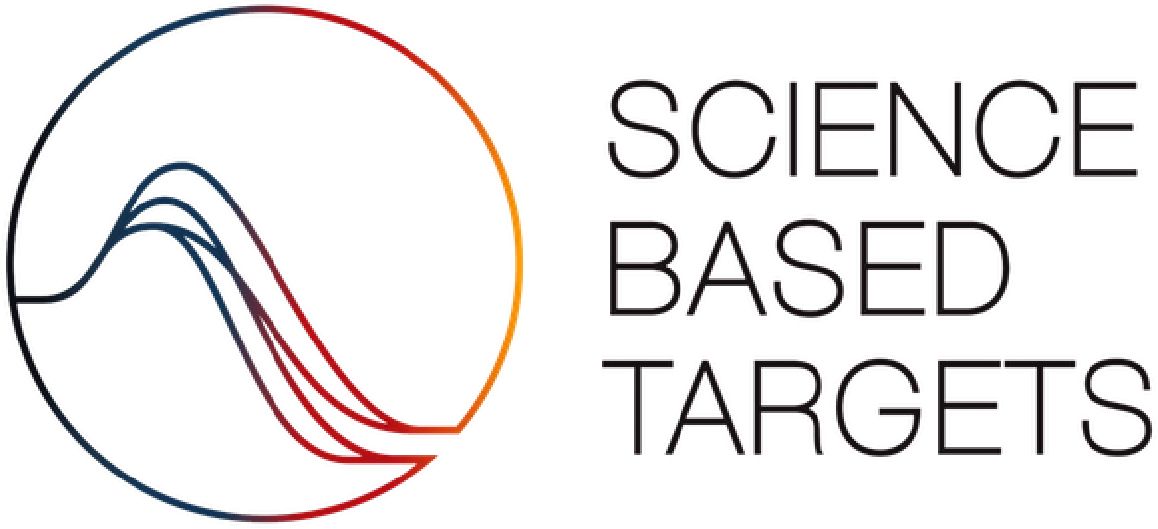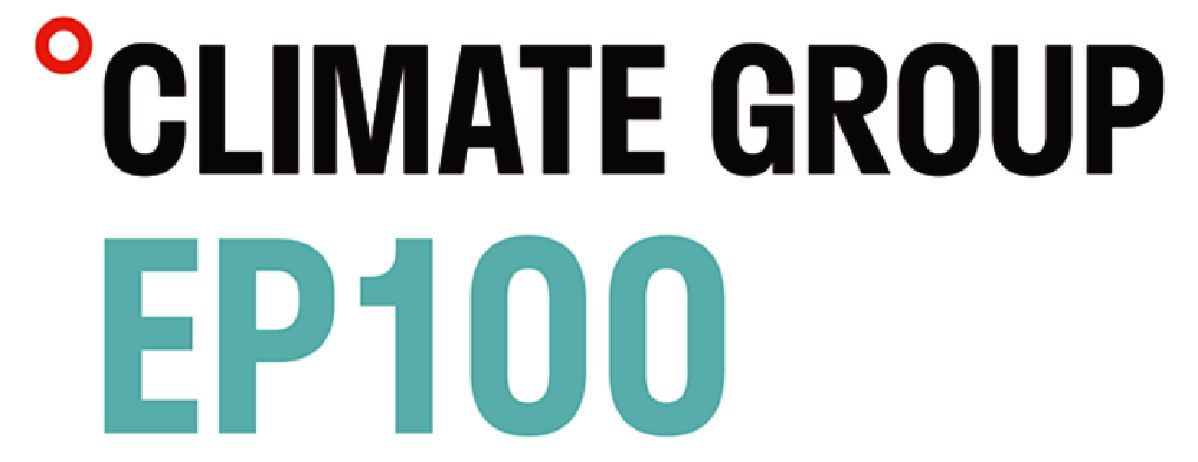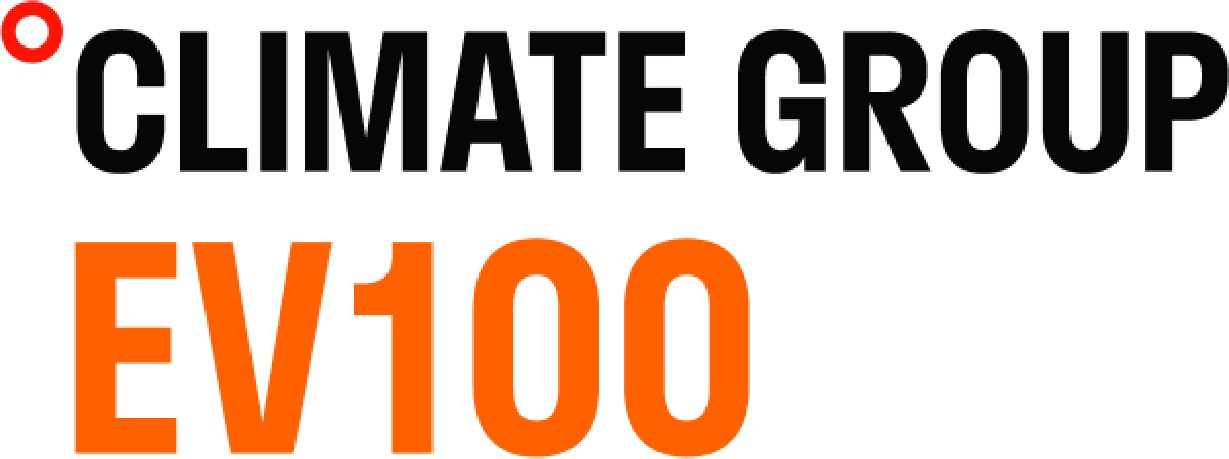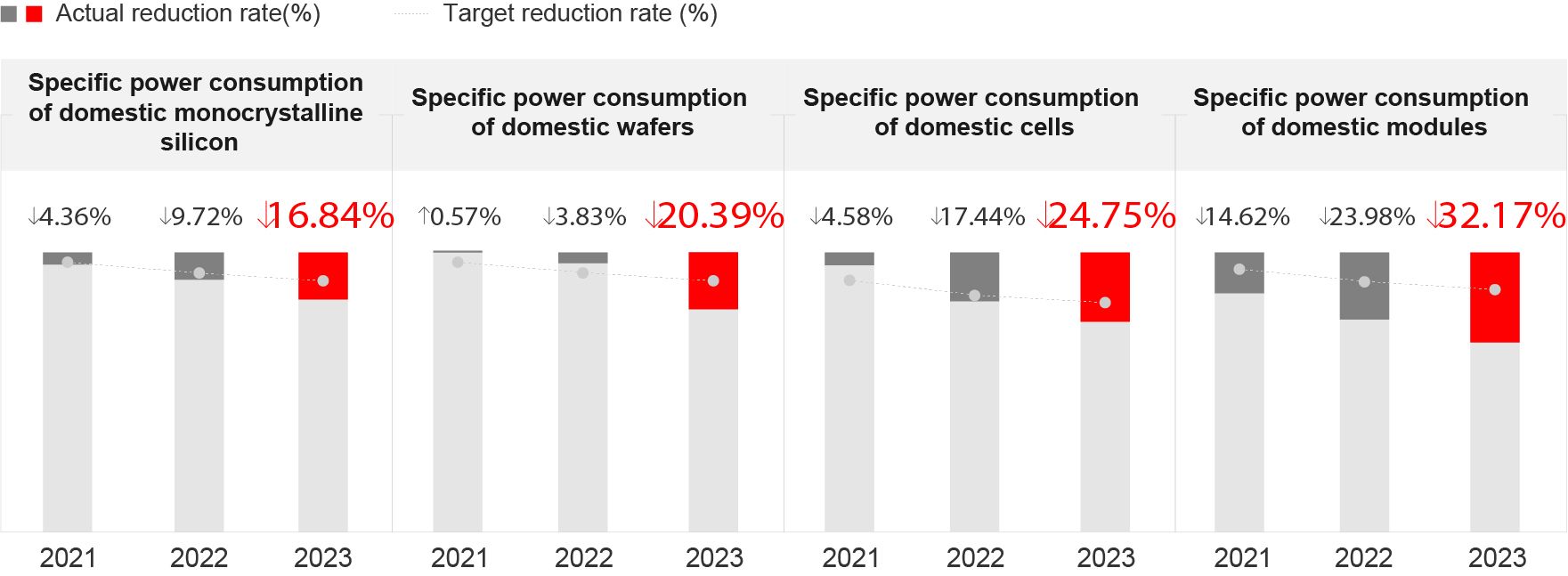We have joined the RE100, EP100, EV100 initiatives and the Science Based Targets initiative (SBTi) in 2020, established a full value chain greenhouse gas emission accounting system, identified and managed climate risks following international standards, and set emission reduction targets that are in line with PV industry's development and our operating conditions. We have also advocated energy conversation, emission reduction, and the use of renewable energy in our production bases, accelerated the certification of product carbon footprints, and thus became a forerunner in the industry's climate action and green development.
Select region/language
- Asia PacificKorea 한국어Australia EnglishIndia EnglishVietnam Tiếng ViệtJapan 日本語Thailand ภาษาไทย
- Europe EnglishGermany DeutschFrance FrançaisItaly ItalianoNetherlands DutchSpain Español
- Latin AmericaLatin America EspañolBrazil Portuguese
- Middle East and AfricaUnited Arab Emirates لغة عربية
- North AmericaUnited States English






